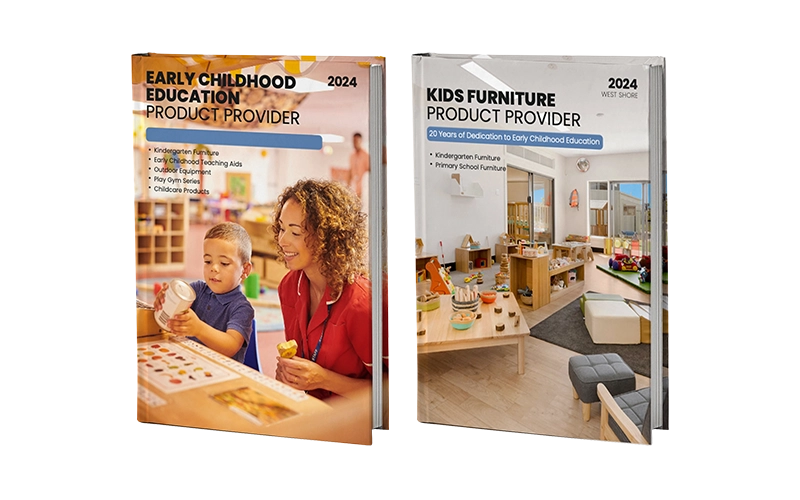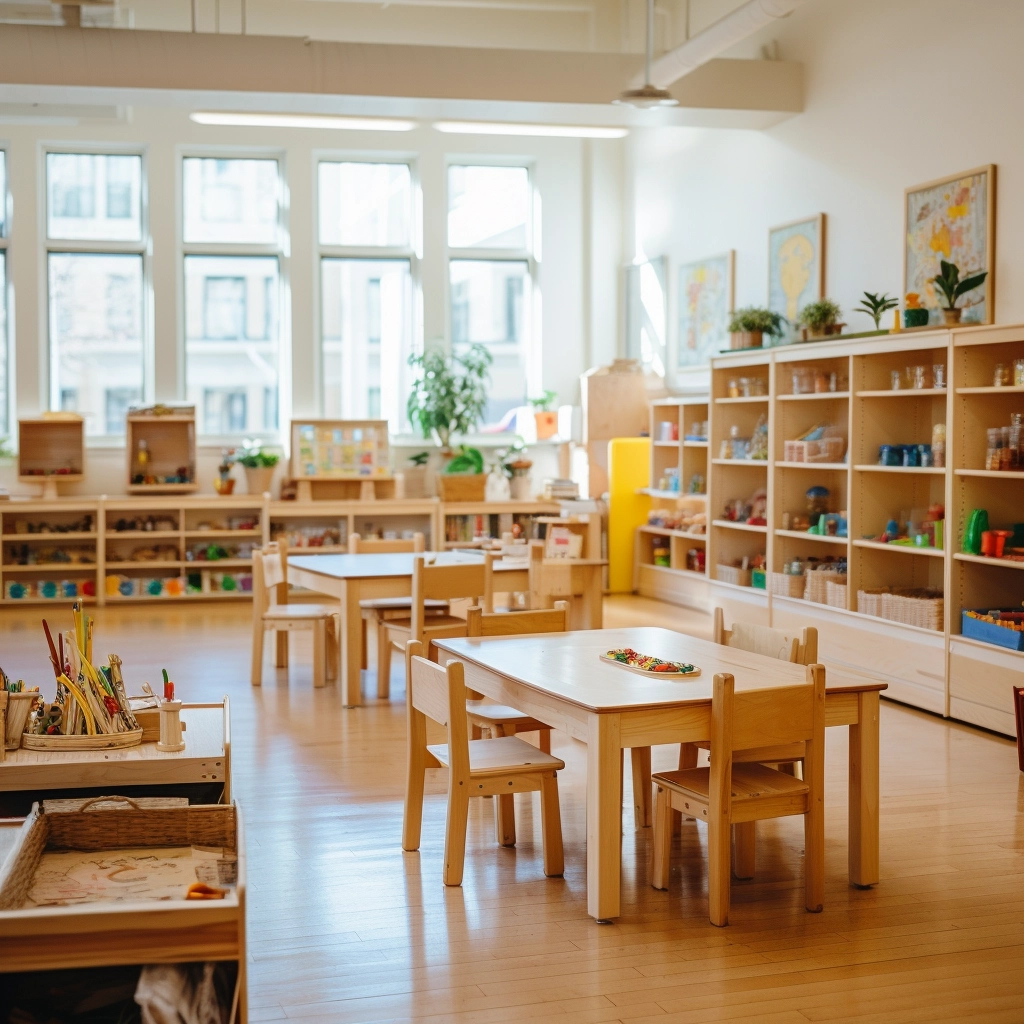Are you looking to create a classroom that inspires creativity and engagement? Classroom decoration ideas go beyond aesthetics—they play a crucial role in fostering a space that motivates students and sparks their curiosity. Thoughtfully chosen classroom decoration ideas can enhance the learning environment, encourage positive behavior, and make the entire educational experience more enjoyable for students.
Best of all, you don’t need a big budget to transform your classroom. With a few simple, cost-effective ideas, you can create a space that is visually appealing, functional, and conducive to learning. These decorating tips will inspire creativity, encourage collaboration, and spark excitement for learning, all without breaking the bank. These thoughtful changes will not only enhance the overall atmosphere of your preschool but also create a more welcoming and stimulating environment for both students and teachers.
Let’s dive into 10 creative classroom decoration ideas to help you design an educational environment where students are excited to learn, explore, and grow!
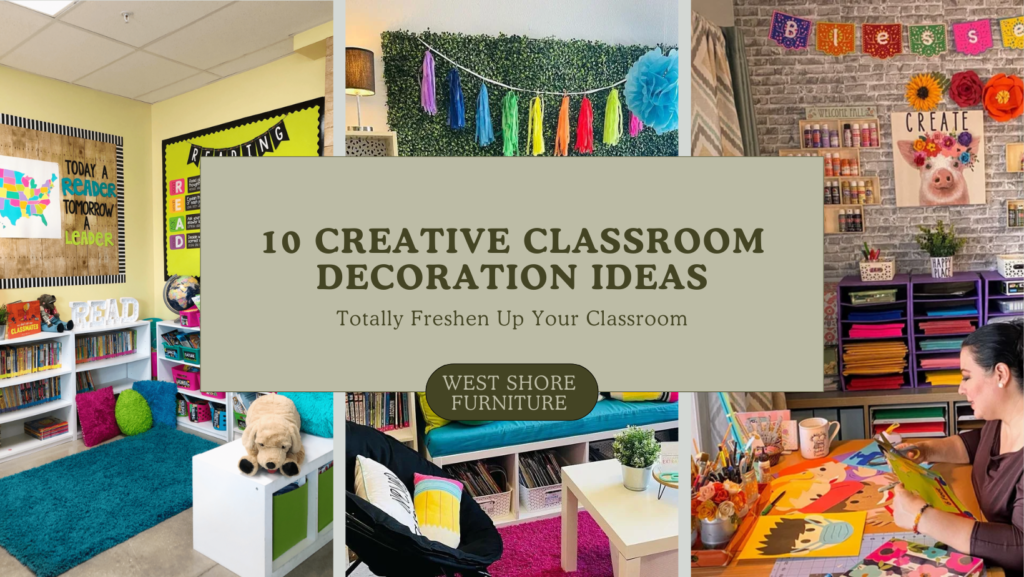
Classroom Decoration Ideas and Inspiration
Creating an inspiring classroom environment doesn’t have to be complicated or costly. The key to successful classroom decoration lies in choosing elements that enhance the learning experience while also being fun and engaging. Whether you’re looking to add some color, encourage creativity, or create a sense of order, there are countless ways to transform your space. Here are 10 decoration ideas that will not only beautify your classroom but also motivate and inspire your students every day.

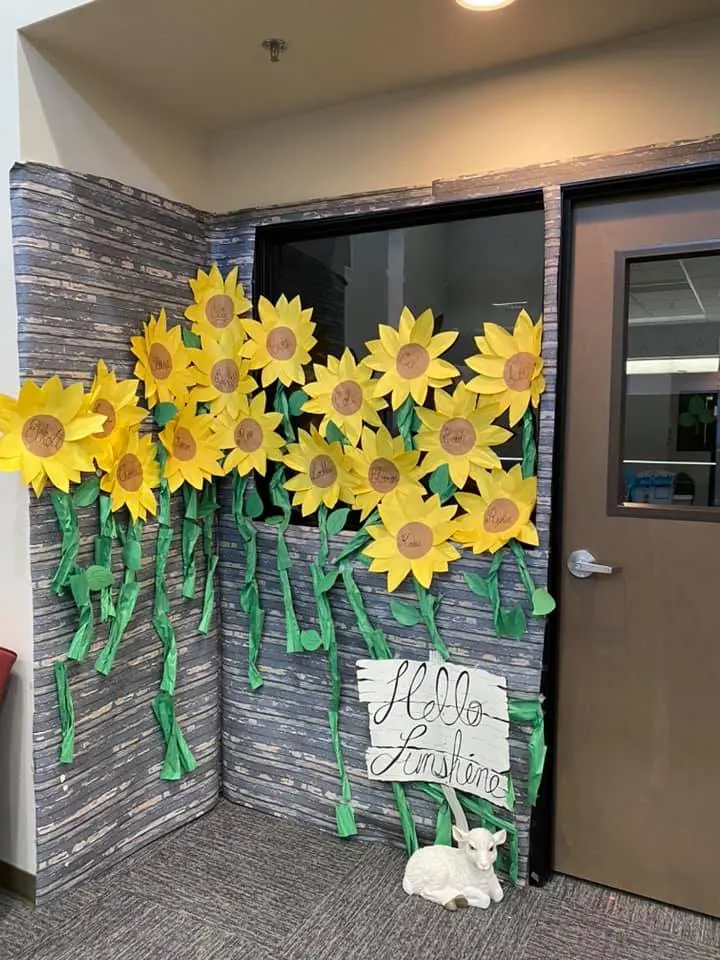
Create a Visually Stimulating Entrance
The entrance of your classroom sets the tone for the learning environment, making it the perfect place to start with classroom decoration ideas. A welcoming, visually stimulating entrance can excite students before they even step inside.
- Themed Door Decor: Use creative themes like a “Magic Learning Kingdom” or “Adventure Awaits” to make the entrance inviting. This sparks curiosity and makes students eager to enter the classroom daily.
- Student Welcome Board: Display a board with students’ names, photos, or personal artwork. This fosters a sense of belonging and creates an immediate connection with the space.
- Interactive Elements: Incorporate small interactive features like a “Question of the Day” board or a motivational quote wall where students can add ideas.
A well-decorated entrance enhances classroom decor ideas and helps build a positive learning atmosphere when students arrive.
Incorporate Nature
Bringing nature into the classroom is one of the most effective classroom decoration ideas to create a calming, inspiring, and healthy learning environment. Research shows that exposure to natural elements can improve concentration, reduce stress, and boost creativity in young learners. By integrating plants, wooden furniture, and nature-themed decorations, you can transform your space into a nurturing and engaging setting that enhances learning and well-being.
- Indoor Plants: Adding non-toxic plants like spider plants, ferns, or succulents around the classroom can improve air quality while making the space feel fresh and lively. Caring for plants also teaches children responsibility and helps them develop an appreciation for nature.
- Wooden Furniture: Opting for wooden desks, chairs, and storage units brings warmth and a natural touch to your classroom decor ideas. Wood has a grounding effect that makes the space feel more welcoming and less sterile than plastic alternatives.
- Nature-Themed Decor: Enhance your classroom’s ambiance with posters, murals, or bulletin boards showcasing trees, animals, landscapes, or the changing seasons. This visual connection to nature can spark curiosity and encourage environmental discussions.
By incorporating nature into your classroom decoration ideas, you create a peaceful, engaging space that supports students’ cognitive and emotional development. A classroom that reflects the natural world’s beauty fosters creativity and a love for learning!

Use Color to Influence Mood and Focus
Color psychology plays a key role in classroom decoration ideas, as different colors can influence emotions, focus, and energy levels. A well-balanced color scheme can create an atmosphere that enhances learning while making the space feel inviting and engaging.
- Bright Colors for Active Areas: Use energetic colors like red, orange, and yellow in play areas or group workspaces. These shades can stimulate creativity, enthusiasm, and active participation.
- Cool Tones for Focus and Calm: Softer colors like blue, green, and lavender promote relaxation and concentration. These shades work well in reading corners or quiet learning zones.
- Themed Color Schemes: Consider using colors that match classroom themes. For example, a nature-themed classroom could feature earthy greens and browns, while a space-themed room might incorporate deep blues and silvers.
Thoughtfully chosen colors can make a significant difference in creating a well-balanced and inspiring learning space. By strategically using color in your classroom decoration ideas, you can shape the mood and energy of the classroom environment.

Create Interactive Wall Displays
Walls in a classroom are valuable learning tools. Instead of simply decorating them with posters, turn them into interactive displays that engage students and reinforce key concepts. Classroom decoration ideas encouraging student participation can make learning more dynamic and memorable.
- Creative Bulletin Boards: Rather than keeping bulletin boards static, create a rotating display where students can actively contribute ideas, post questions, or track progress on class projects. For instance, you can have a “Question of the Week” section where students pose questions related to their current lessons, or a “Thoughts for the Day” space for personal reflections. This encourages them to be actively involved in the content and prompts regular interaction.
- Growth & Achievement Wall: Dedicate a space to showcase student accomplishments, from artwork and writing to milestones like mastering a math concept or reaching reading goals. Recognizing these achievements not only fosters motivation and a sense of pride but also builds confidence and creates a positive classroom culture. You can incorporate interactive elements, such as a “goal tracking” feature where students can check off their progress as they reach new milestones.
- Learning Walls: Set up thematic areas that change periodically, such as a “Word of the Week” board for vocabulary building, a math problem-solving station for class challenges, or a science experiment showcase to display hands-on projects. Learning walls can be designed to evolve over time, keeping students excited and engaged with fresh content. You can even involve students in suggesting new topics or materials to be added to the wall, giving them ownership of their learning space.
Turning classroom walls into interactive learning spaces makes the environment more engaging, helping students take ownership of their education while keeping the room visually appealing.

Personalize the Space with Student Contributions
A classroom should feel like a second home for students, and one of the best classroom decoration ideas is to let them add their personal touch. Children who see their work displayed develop a stronger connection to the learning environment.
- Student Work Displays: Dedicate a bulletin board or wall section to showcase student projects, essays, or artwork. Rotate the work frequently to keep things fresh.
- Personalized Name Tags: Use student-created name tags for desks, cubbies, or coat hooks. This reinforces a sense of belonging.
- Classroom Identity Corner: To celebrate individuality, create a “Who We Are” section featuring student photos, interests, or favorite books.
Personalized touches make the classroom feel like a shared community where every child feels valued and involved.
Flexible Seating and Furniture Arrangement
Traditional classroom setups don’t work for every student. Incorporating classroom decoration ideas that allow for flexible seating will enable you to create a space that supports different learning styles and activities.
- Mix Seating Options: Include a combination of traditional desks, floor cushions, bean bags, and standing desks. This variety allows students to choose a seating arrangement that helps them focus.
- Rearrangeable Furniture: Use lightweight, modular furniture that can be easily moved for group activities or quiet study sessions.
- Cozy Learning Nooks: Set up small, comfortable spaces where students can work independently, read, or relax.
A flexible classroom layout promotes collaboration and accommodates various learning needs, making it a practical and engaging classroom decor idea.

Maximize Natural Light and Add Soft Lighting
Lighting is critical to creating a comfortable and stimulating classroom environment. Proper lighting improves concentration, reduces eye strain, and enhances mood.
- Use Natural Light: Position desks near windows to maximize daylight exposure, which has been shown to improve student performance.
- Soft Lighting for Cozy Areas: To create a soothing atmosphere, add string lights, warm desk lamps, or soft LED lights in reading corners.
- Avoid Harsh Fluorescent Lighting: Use warm-toned bulbs to prevent eye strain and create a more inviting space.
A well-lit classroom contributes to a positive and productive learning experience, making it a crucial aspect of your classroom decoration ideas.

Incorporate Seasonal and Thematic Decor
Changing decorations throughout the year keeps the classroom fresh and exciting. Using seasonal or thematic classroom decor ideas can make learning more immersive and fun.
- Seasonal Themes: Decorate with leaves and pumpkins in autumn, snowflakes in winter, flowers in spring, and bright summer colors.
- Curriculum-Based Themes: Align decor with what students are learning—for example, space posters during a science unit or historical figures during a history lesson.
- Student-Involved Decor: Let students help decorate for each new season or theme, making them feel more engaged in the classroom environment.
Thematic decorations bring variety and excitement to learning, keeping students interested and engaged.
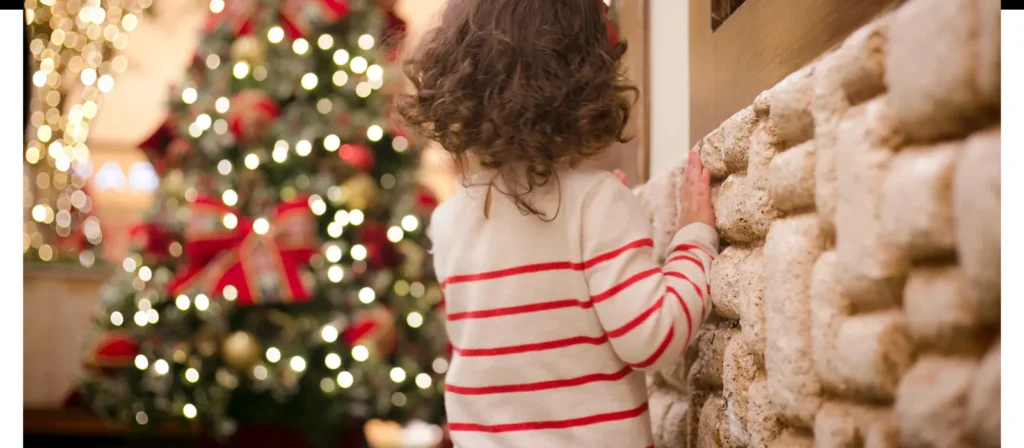
Optimize Storage for a Clutter-Free Classroom
An organized classroom is essential for maintaining focus and minimizing distractions. One of the most practical classroom decoration ideas is incorporating innovative storage solutions that keep supplies accessible while maintaining a clean and inviting learning environment.
- Open Shelving and Baskets: Use labeled bins, baskets, or cubbies for books, art supplies, and toys. Open storage allows students to find what they need quickly and encourages responsibility in keeping the classroom tidy.
- Vertical Storage Solutions: To maximize space in small classrooms, utilize wall-mounted shelves, hanging organizers, or pegboards. This helps free up floor space while keeping materials within reach.
- Student Responsibility Zones: Create designated areas where students can return shared materials, promoting organization and teamwork.
By integrating functional storage into your classroom decor ideas, you create a learning environment that is visually appealing and structured for efficiency and student independence.
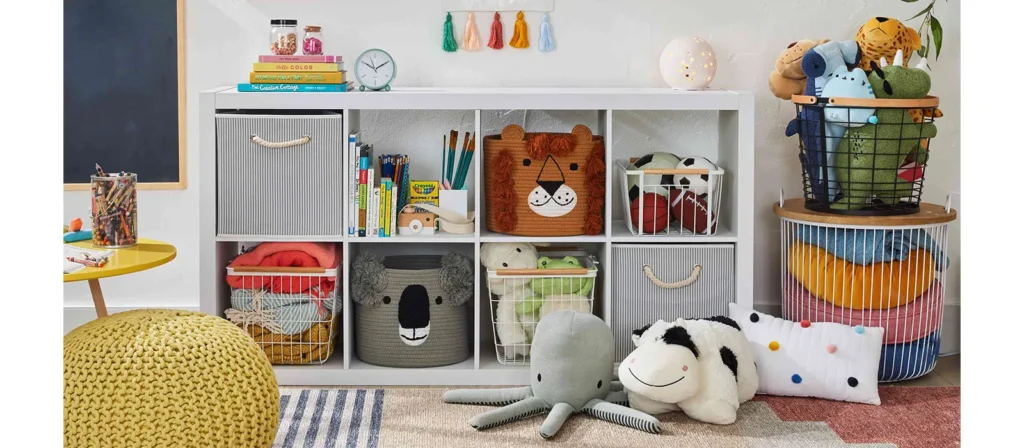
Integrate Technology into Your Classroom Decor
Technology plays a growing role in education, and integrating it into your classroom decoration ideas can enhance your space’s aesthetic and functionality. When used thoughtfully, tech-friendly decor can support engagement and make learning more interactive.
- Digital Display Boards: Incorporate a classroom projector or smartboard for visual learning, interactive lessons, and student collaboration.
- Tech Corners: Designate a space for tablets, laptops, or digital learning stations where students can engage with educational apps and research projects.
- Charging Stations & Cord Management: Add labeled charging stations and cable organizers to keep tech organized and clutter-free.
A well-integrated, tech-friendly classroom combines modern learning tools with thoughtful classroom decor ideas, making education more interactive, accessible, and engaging for students.
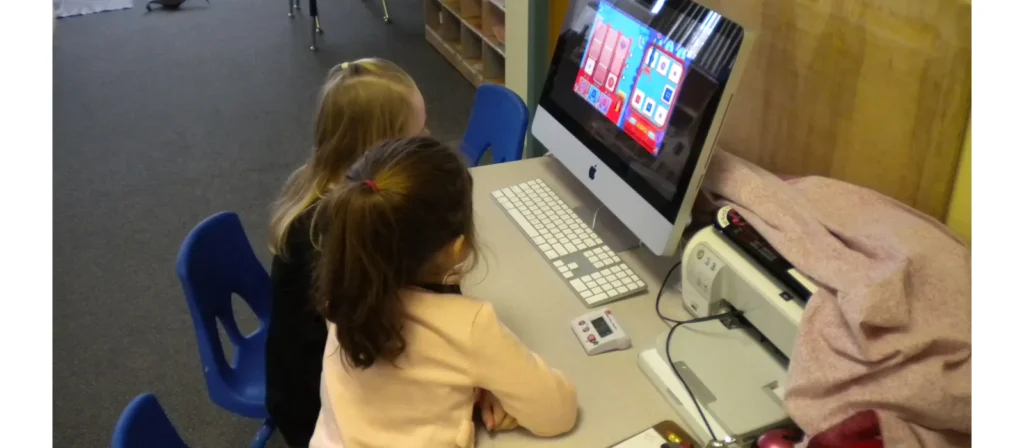
Things to Note When Decorating Your Classroom
GOOD
Do Keep It Organized: A cluttered classroom can overwhelm students and disrupt their learning process. Keep decoration simple, functional, and organized to help maintain focus and structure.
Do Make It Interactive: Encourage student participation with interactive bulletin boards, charts, and displays. These can turn passive decor into active learning tools.
Do Focus on Flexibility: Choose decorations and furniture that allow for easy rearrangement to suit different activities and learning styles.
Do Personalize the Space: Display students’ work and give them areas to store personal items, allowing students to see themselves in the space.
BAD
Don’t Overcrowd the Room: Too many decorations can distract students and make the classroom chaotic. Less is often more.
Don’t Use Toxic Materials: Always choose non-toxic paints, adhesives, and materials for decorations to ensure the safety of young children.
Don’t Neglect Functionality: While making the classroom visually appealing is essential, always prioritize functionality over decor. Furniture should be comfortable, accessible, and supportive of learning.
Conclusion
Transforming your classroom doesn’t require a complete overhaul—just the right combination of classroom decoration ideas that balance creativity, comfort, and functionality. Whether incorporating natural elements, using color strategically, or creating personalized spaces, each small change contributes to a more inspiring and productive learning environment.
Great classroom decor isn’t about being trendy—it’s about creating spaces where students feel safe, seen, and motivated to explore. Thoughtfully planned classroom decor ideas can improve focus, spark imagination, and excite students to walk into class daily. And the best part? Many of these ideas are budget-friendly, flexible, and adaptable to any learning space—from preschools to home classrooms.
At West Shore Furniture, we’ve spent over twenty years helping educators bring their classroom decoration ideas to life. As a trusted preschool furniture manufacturer and supplier, we offer one-stop services—from classroom layout and custom design to production and delivery. With a wide range of styles, sizes, and materials, we’re here to support safe, functional, and beautiful learning spaces.
FAQ About Classroom Decoration
1. How should I decorate my classroom to enhance learning?
To enhance learning, focus on classroom decoration ideas that create a stimulating yet organized environment. Use a mix of interactive wall displays, educational posters, and color psychology to reinforce key concepts and improve focus. Incorporate flexible seating arrangements to support different learning styles, and add natural elements like plants and wooden furniture for a calming atmosphere. Keep clutter to a minimum with labeled storage, ensuring materials are easily accessible while maintaining a tidy, structured space.
2. How can I set up a quiet classroom environment?
Creating a quiet environment starts with strategic classroom decor ideas that minimize distractions. Use soft colors like blues and greens to promote a calming atmosphere. Arrange furniture in a way that reduces noise, such as using bookshelves or fabric dividers to separate different zones. Incorporate soft lighting in reading areas and use acoustic panels or rugs to absorb sound. Establish a designated quiet corner with comfortable seating where students can retreat when they need a break from the noise.
| Calming Classroom Element | Benefits |
| White Space | Reduces clutter, allows for interactive displays |
| Bulletin Boards | Flexible, easy-to-update learning objectives |
| Interactive Centers | Engage students, support hands-on learning |
| Sound Wall | Develop phonemic awareness, support literacy |
3. How can I decorate my classroom on a budget?
Decorating a classroom on a budget is all about creativity and resourcefulness. Repurpose everyday items like cardboard boxes for storage, use student artwork as wall decor, and create DIY bulletin boards using inexpensive materials. Look for secondhand furniture or ask for donations from the community. Use printable educational posters or create your classroom signs with construction paper. By focusing on low-cost but effective classroom decoration ideas, you can make your classroom engaging and inspiring without spending much money.





